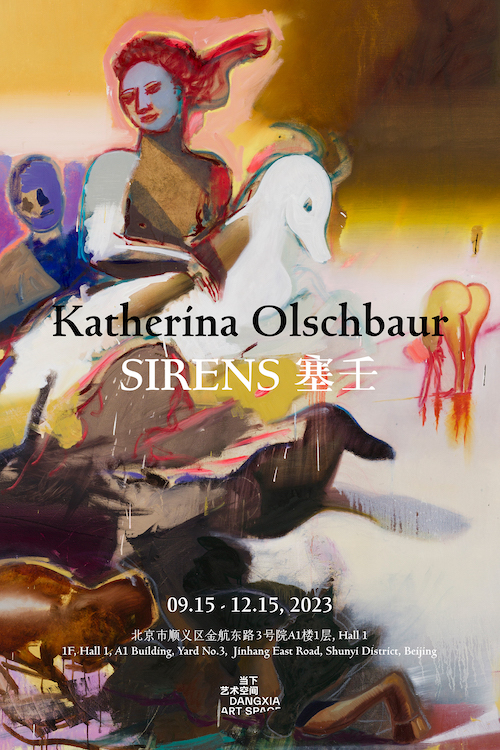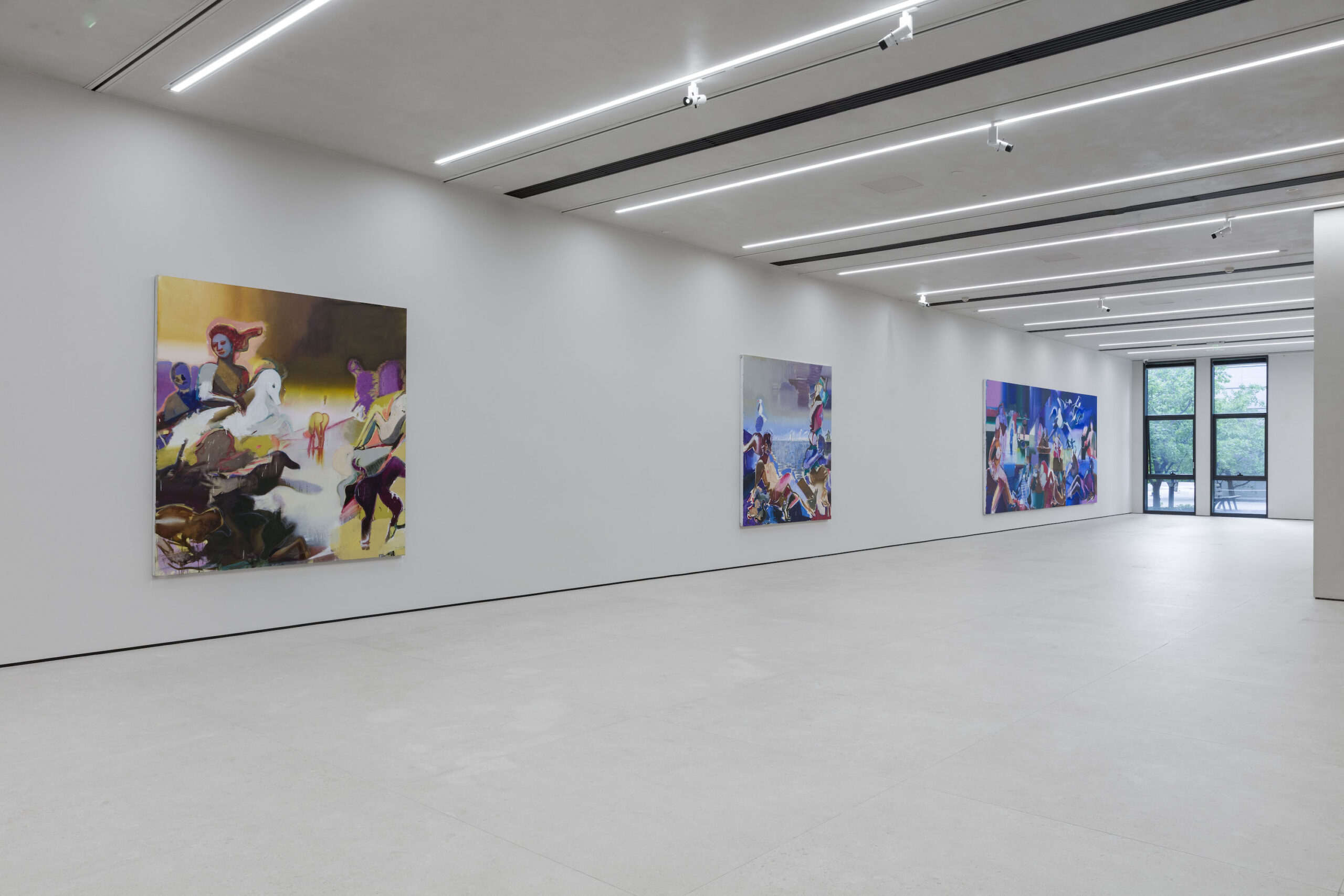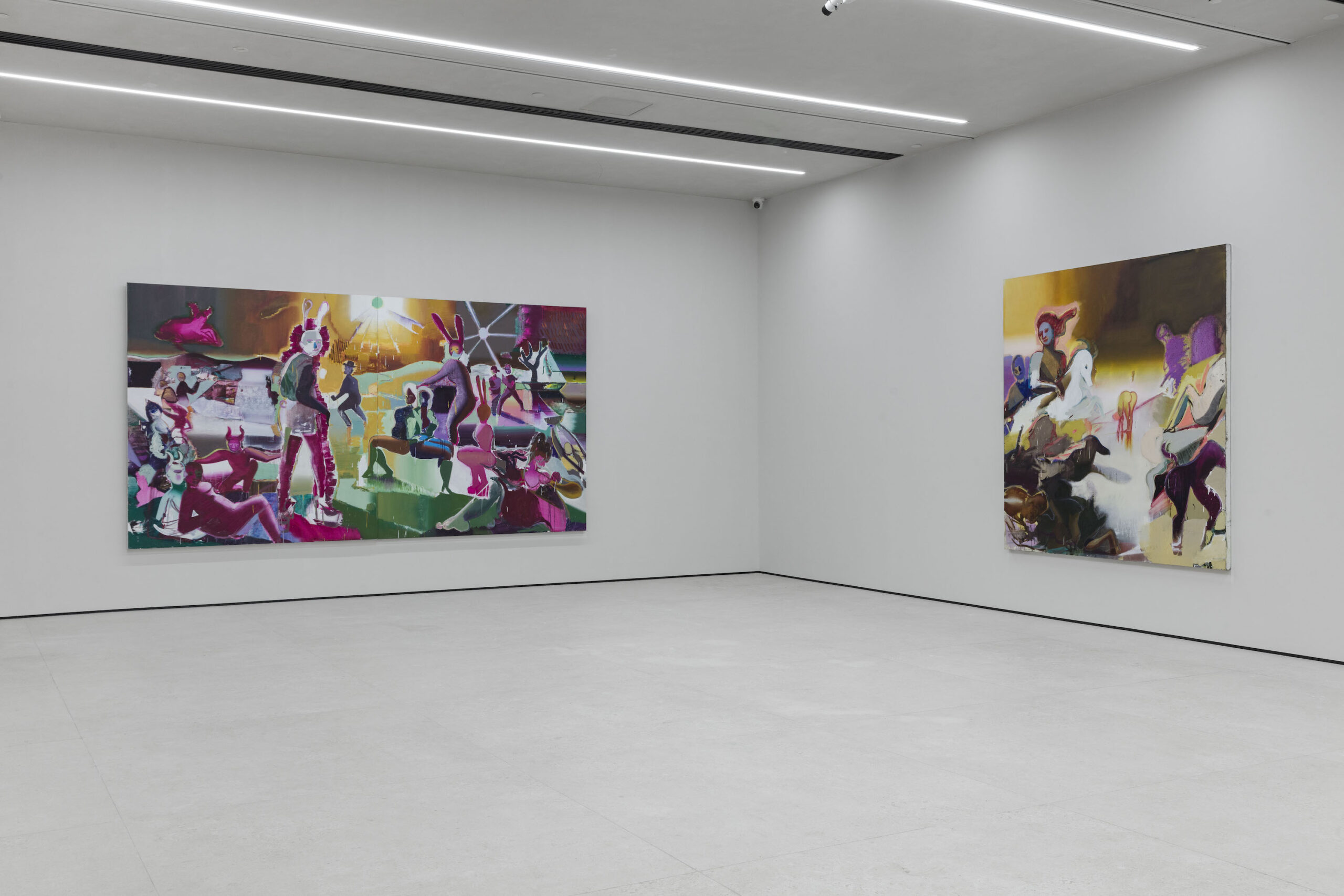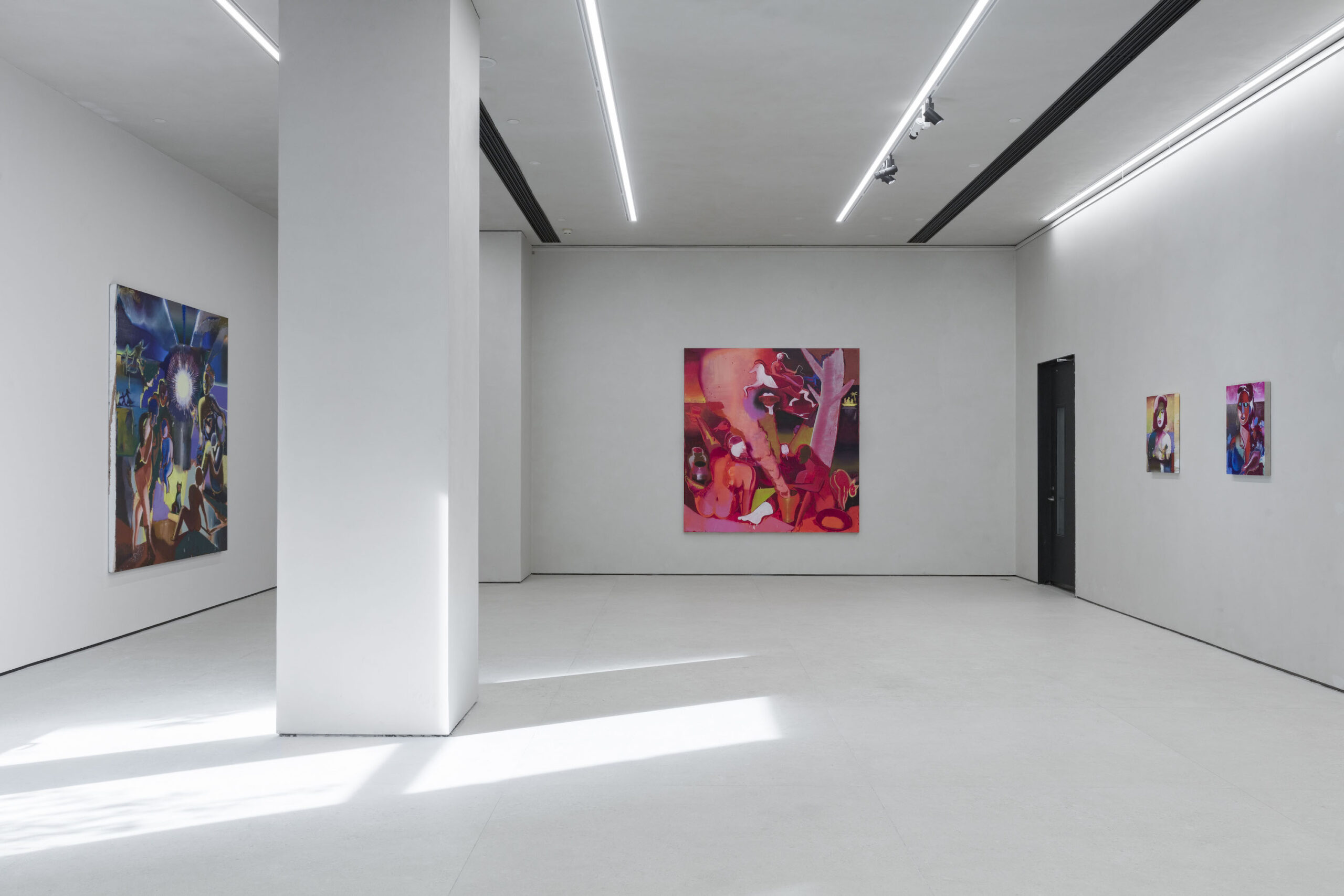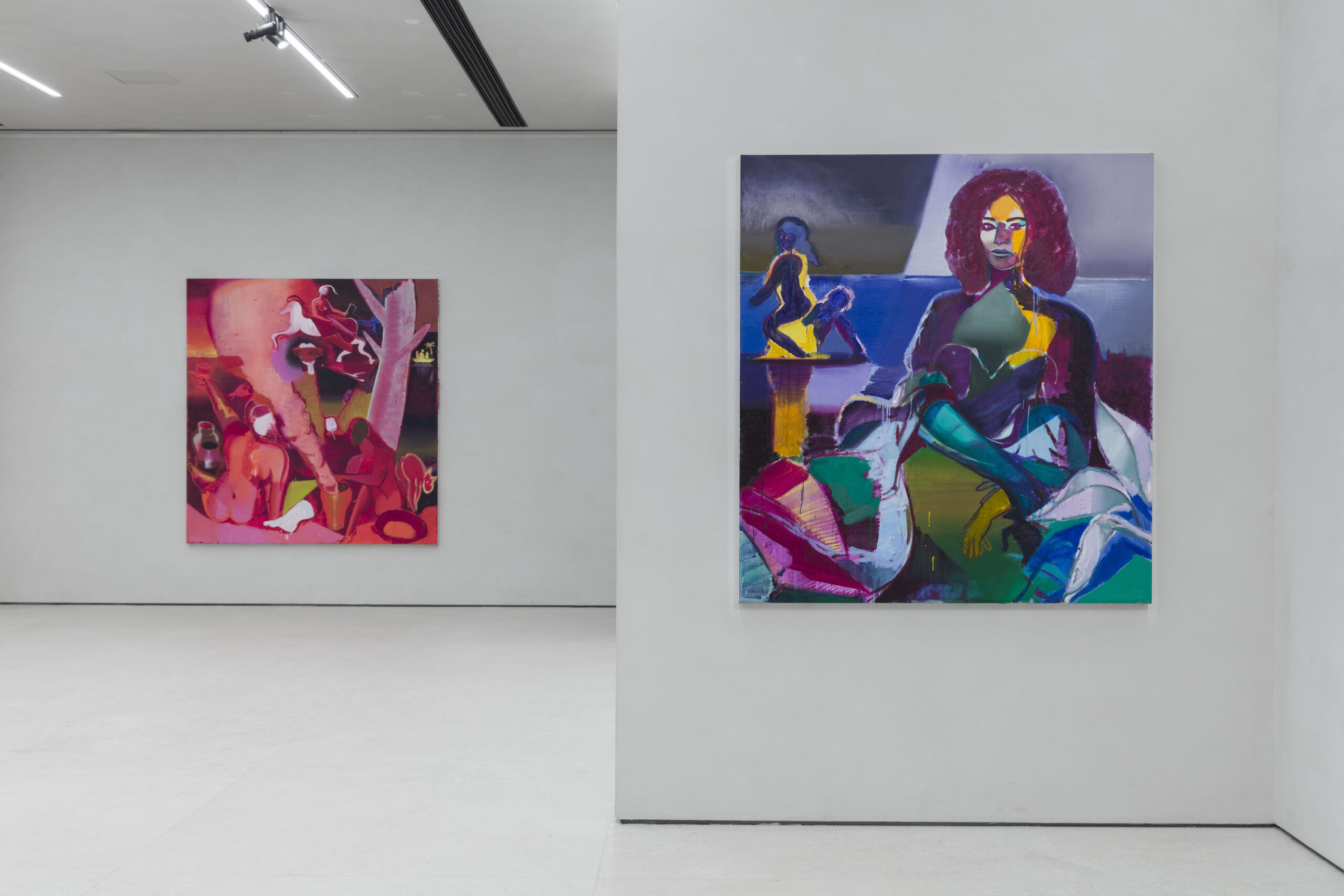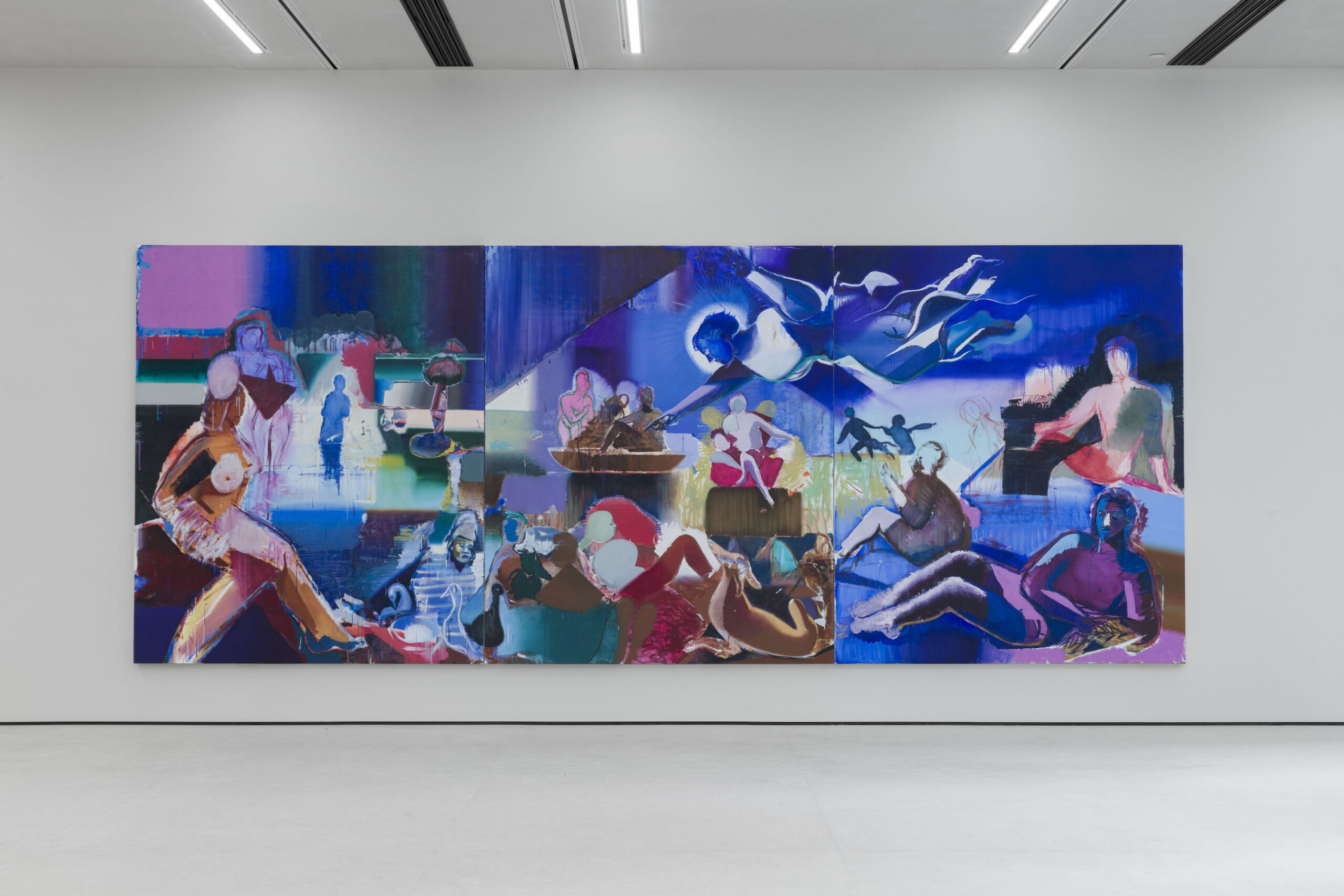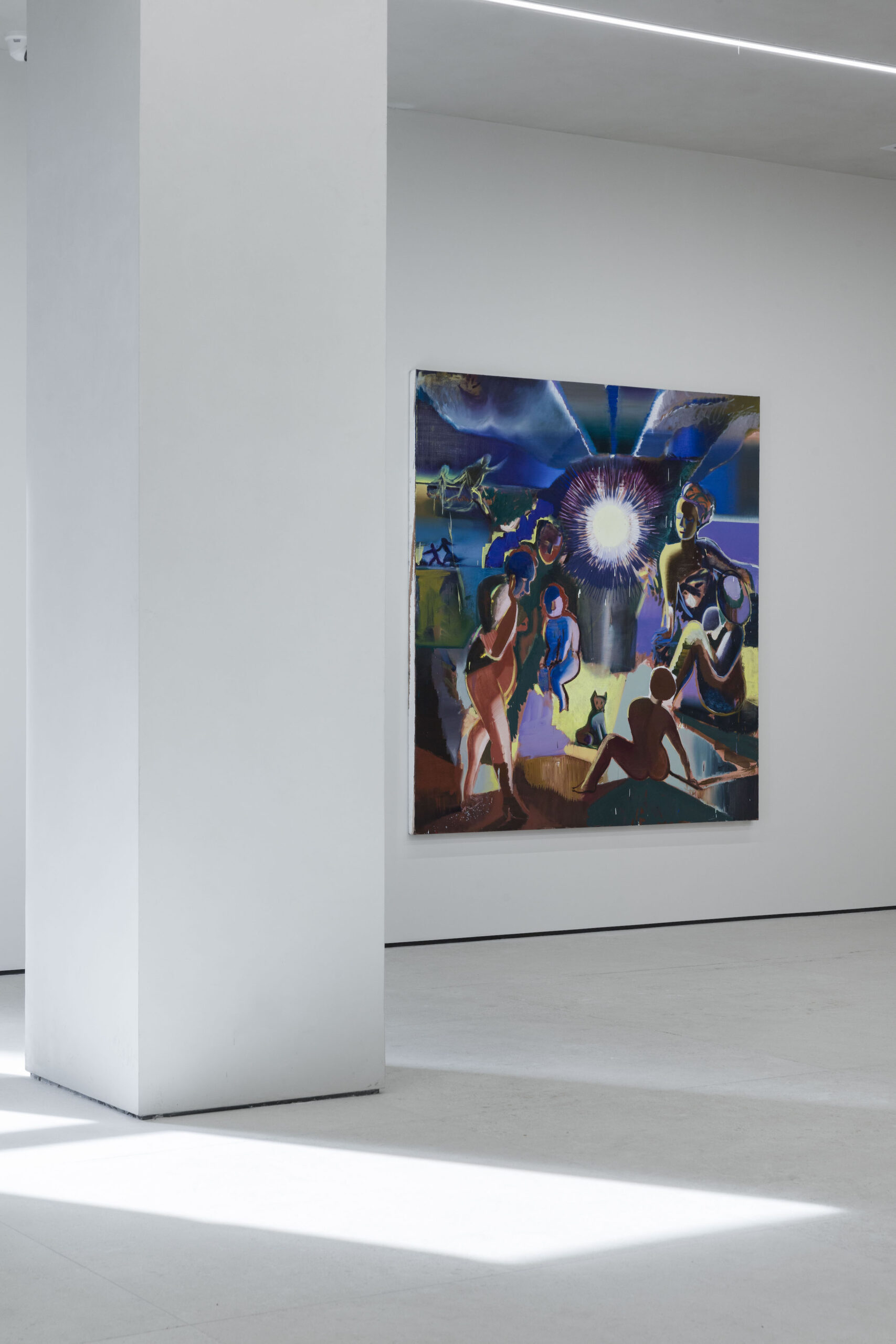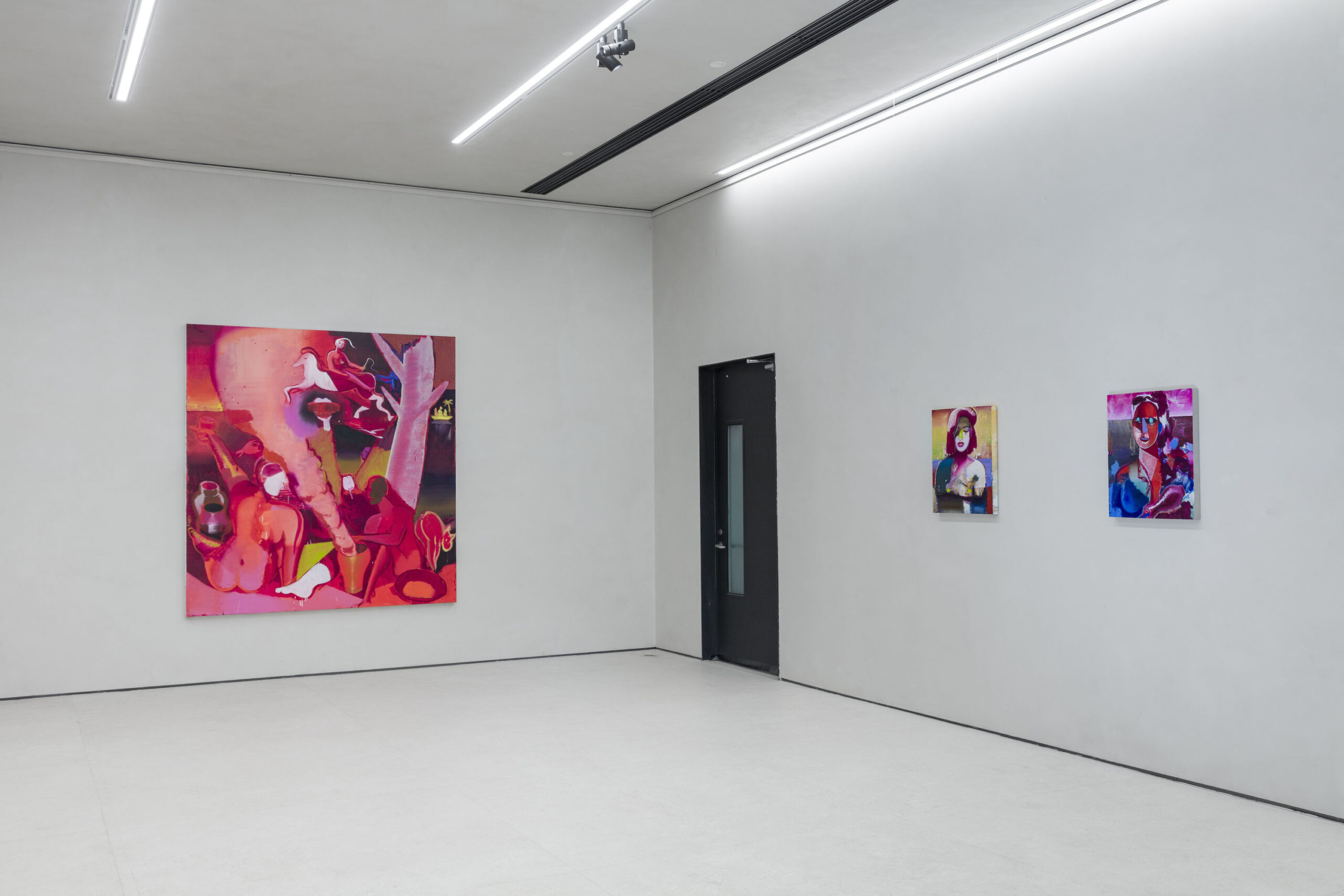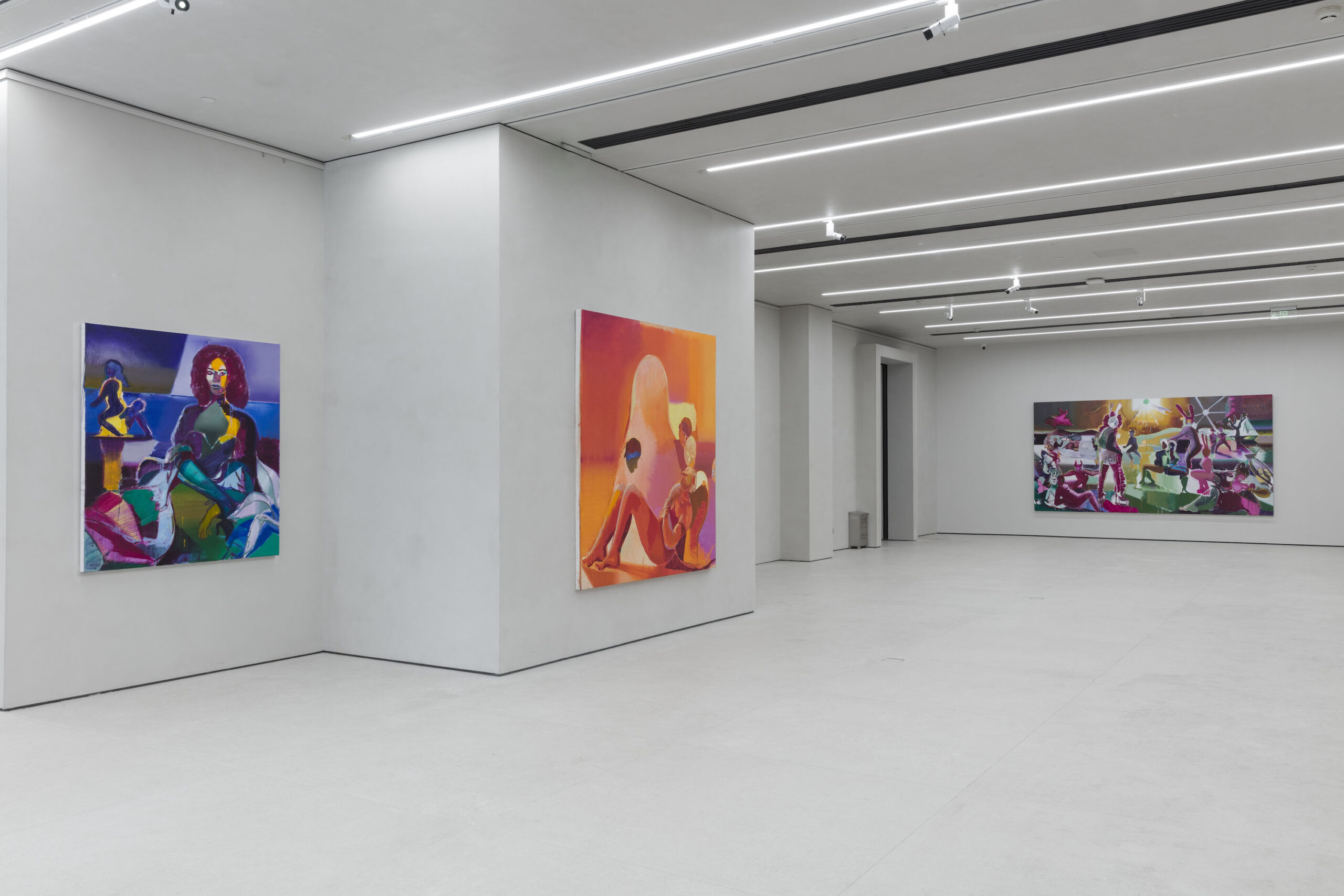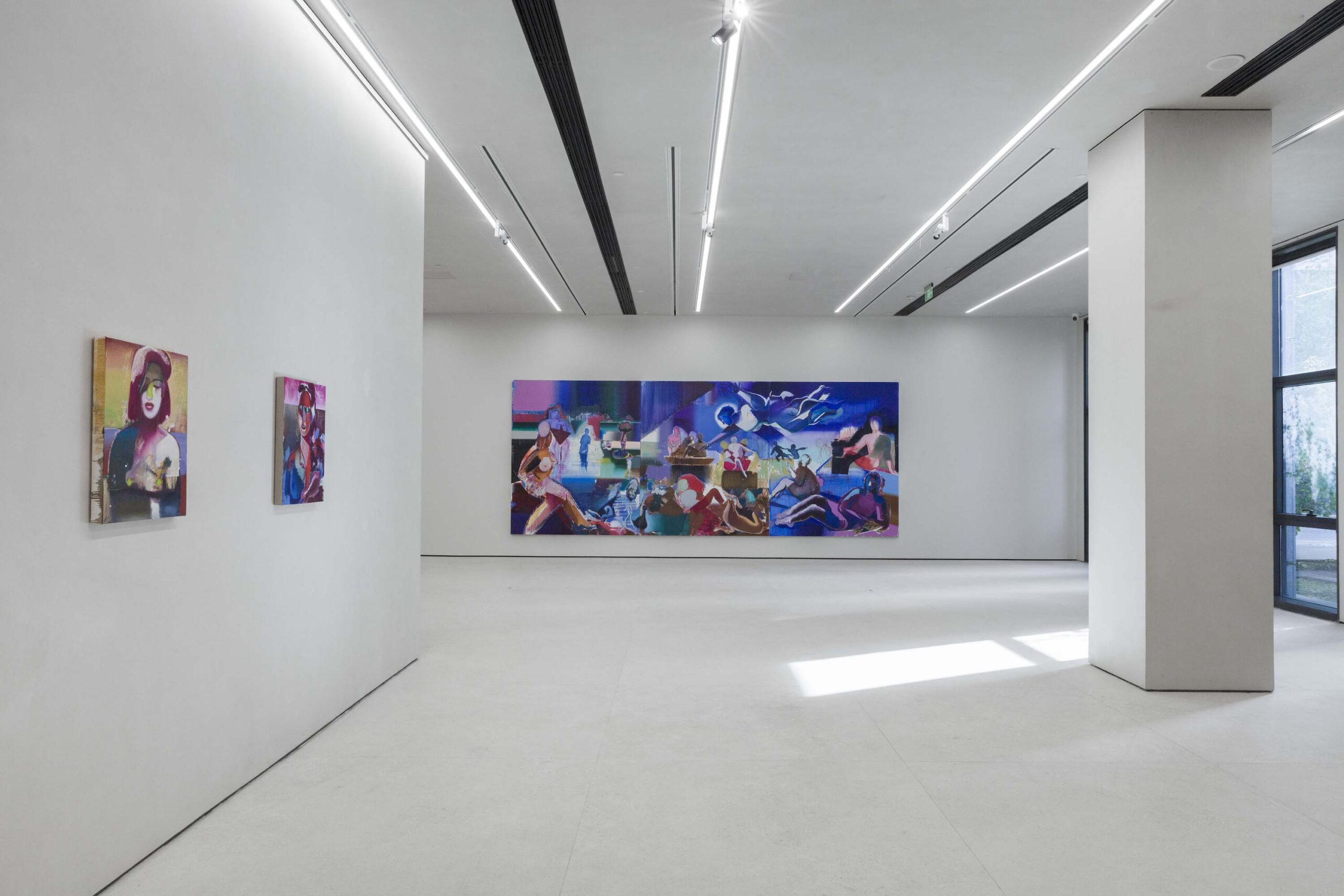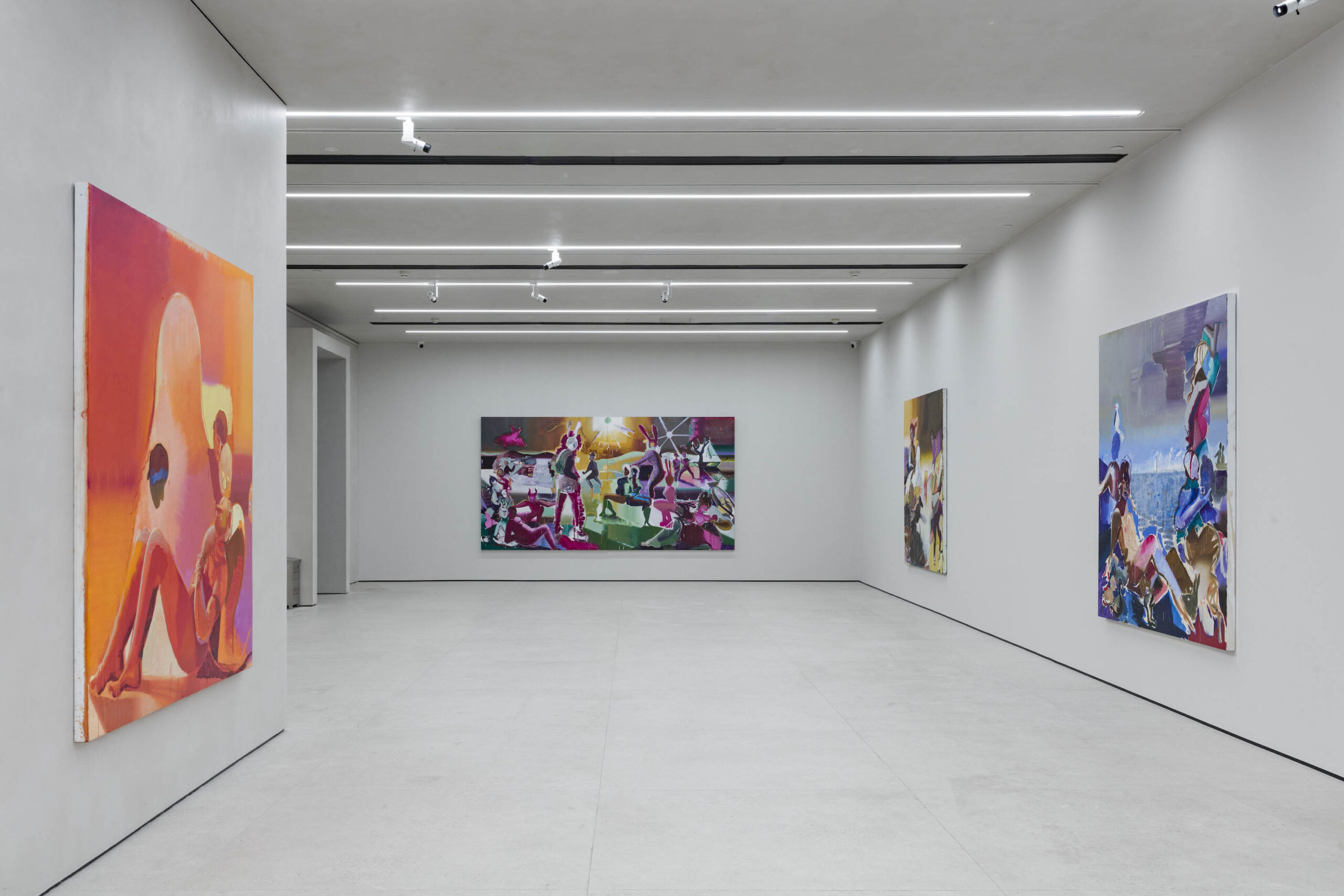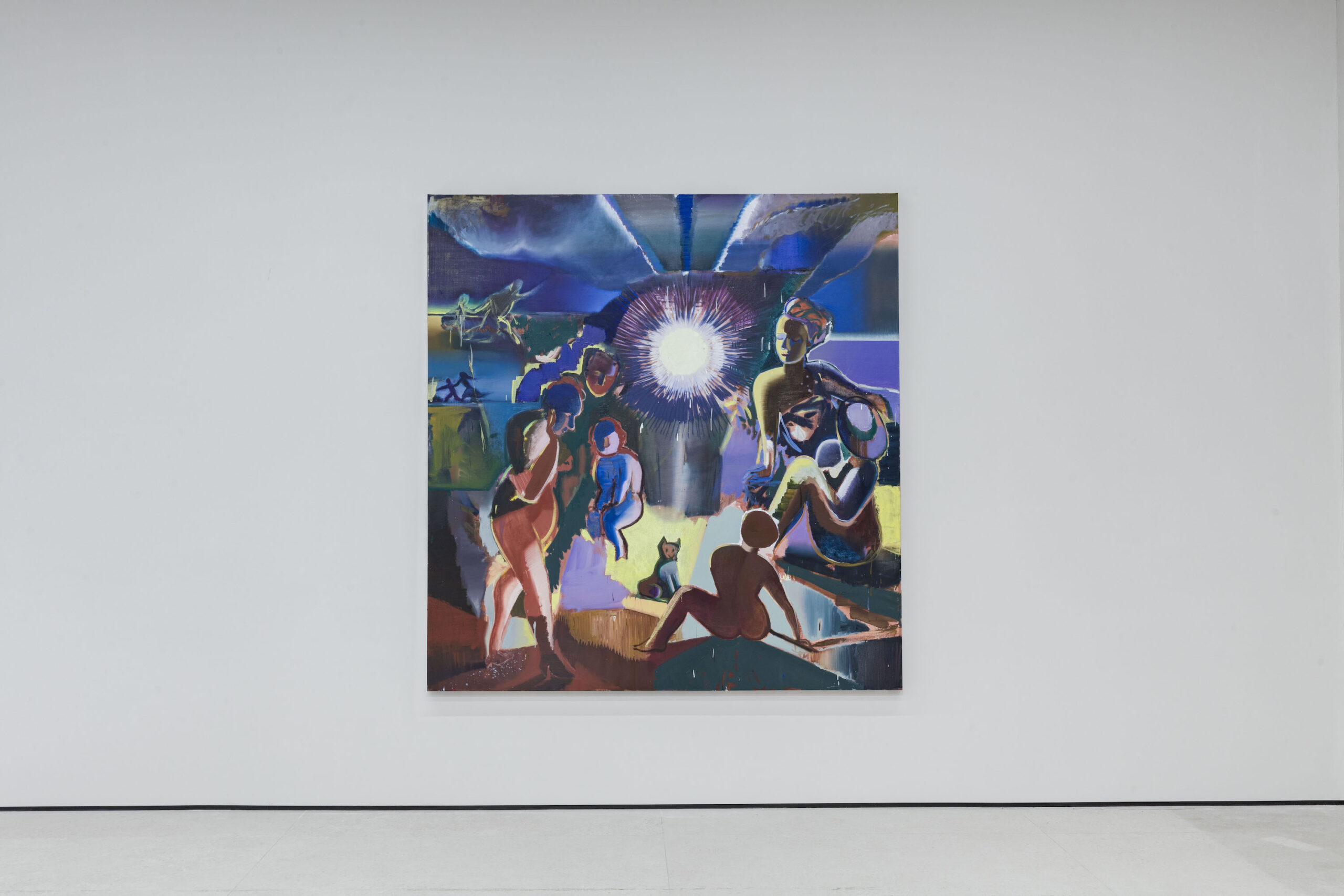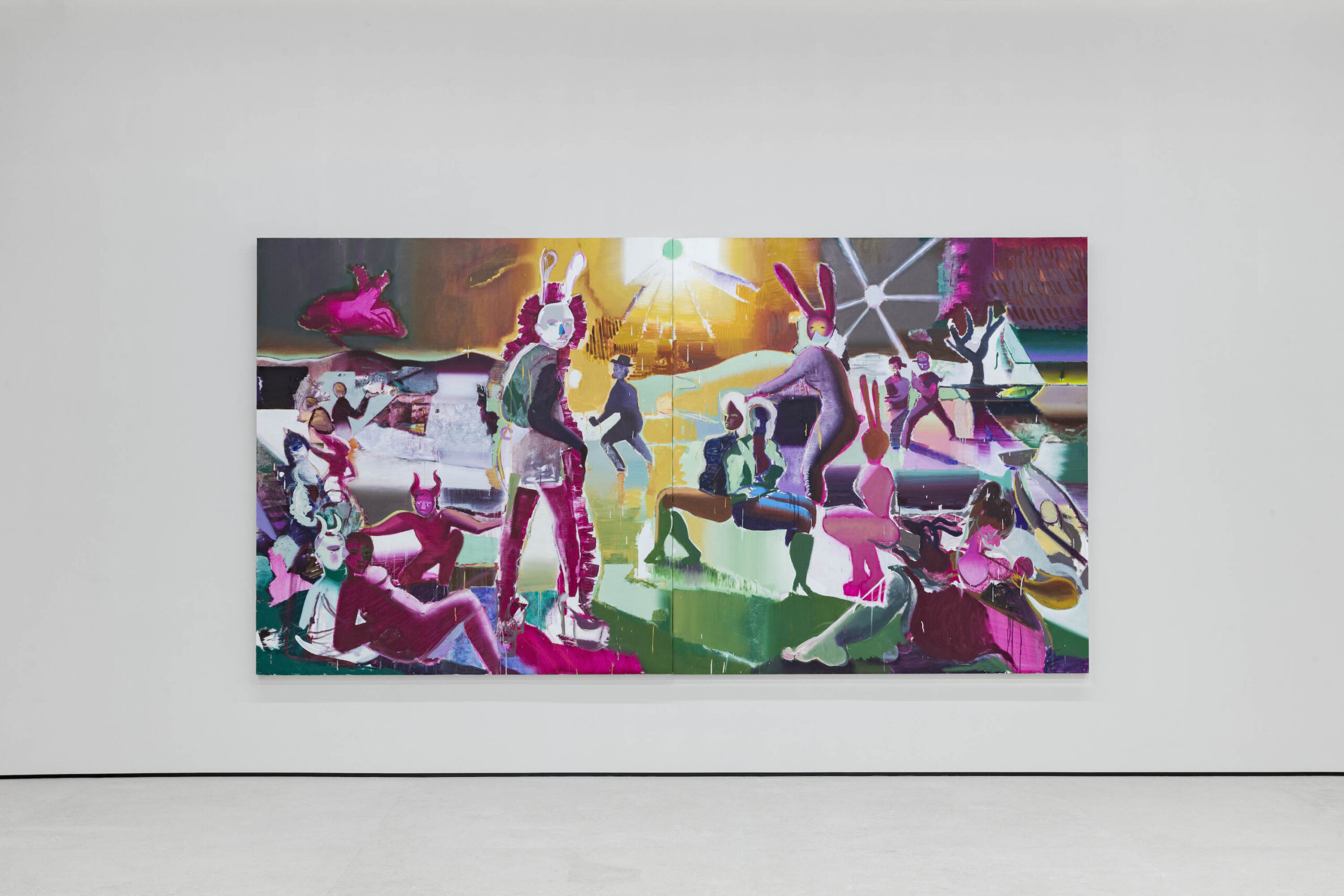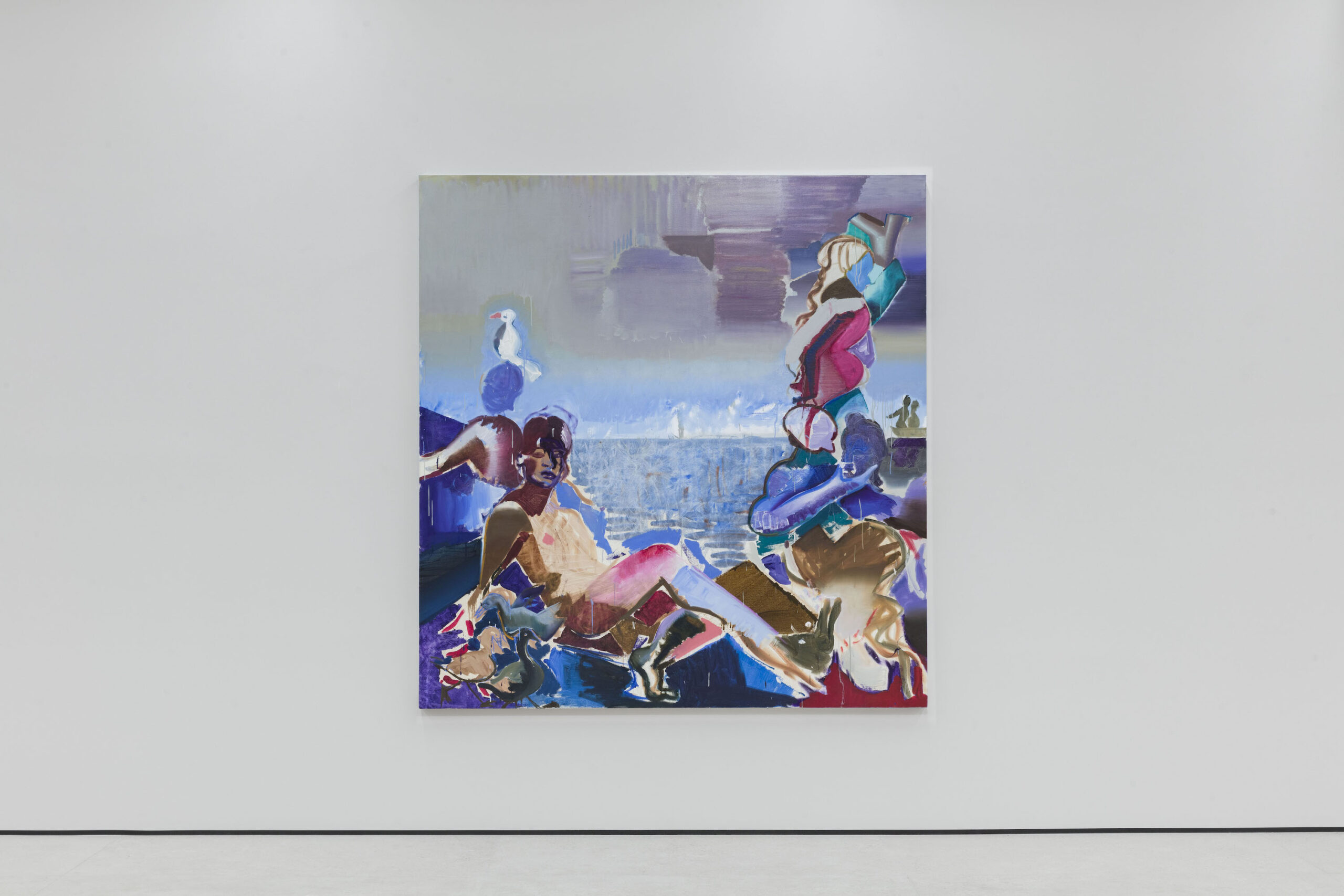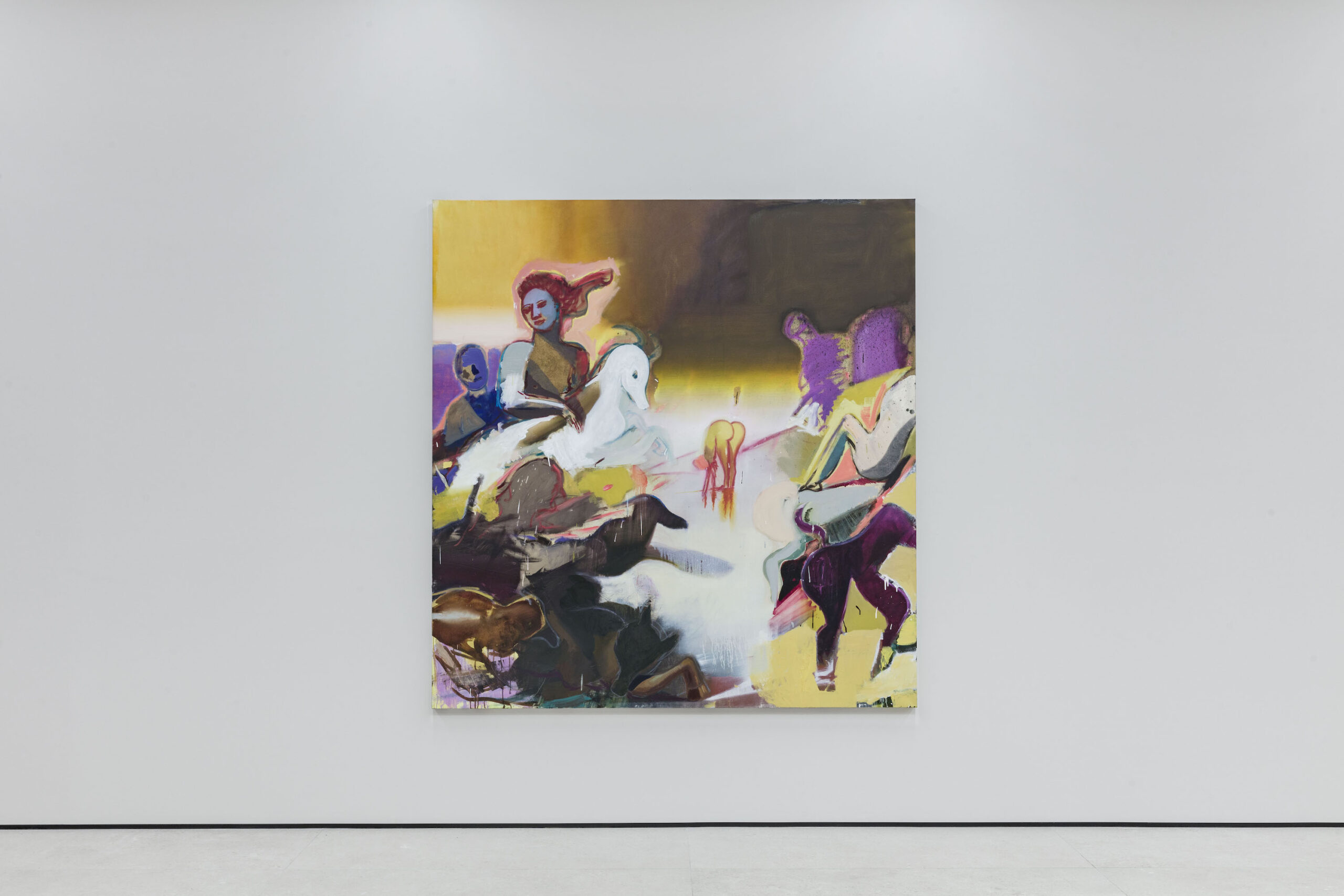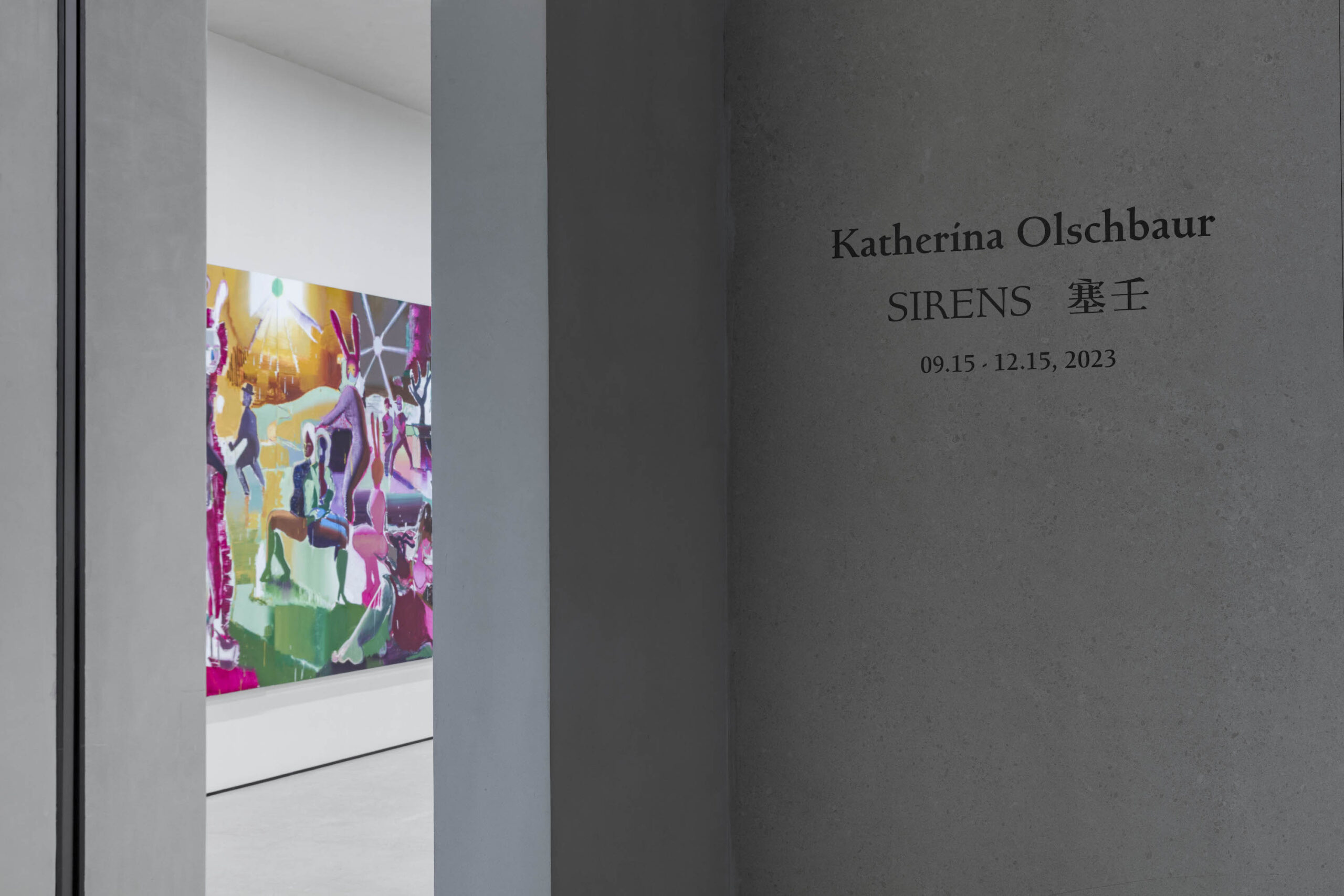DANGXIA Art Space is pleased to present Sirens, an exhibition of new and recent paintings by Katherina Olschbaur. Featuring more than ten paintings, this is the artist’s first institutional exhibition in China, continuing developing a painterly imagination informed by historical, literary and personal references.
For more than a decade, Los Angeles-based artist Katherina Olschbaur (b. 1983, Bregenz, Lake Constance, Austria) has created paintings that are recognised for their signatory explorations of light, colour and figuration, expressing in painting a range of emotions and feelings whilst reinterpreting history painting’s recurring use of mythological and religious iconographies, notably from the Renaissance, Baroque, and Romantic periods. In Painting Mythologies in Contemporary Times, curator Dr. Jareh Das highlights Olschbaur’s practice as challenging “art historical accounts in painting that have made dominant patriarchal stereotyping of female representation, male-centric characterizations of female sexuality, and in turn, their bodies.”
Olschbaur’s painting style is situated between abstraction and figuration, allowing clearly defined silhouettes to freely emerge, collapse and morph. Colour patches of contrast serve to demarcate and also to weld one fragment to another, nurturing group or solo portraits that are positively fractured. She juxtaposes contemporary reality and religious narratives, whilst also considering this overlap as transferable to painting, which in itself involves continual acts of dominating and submitting to the medium of paint, and processes of painting.
For Sirens, Olschbaur returns to Beijing for the first time since her residency in the city in 2017, presenting more than 10 recent paintings that revolve around the theme of the exhibition title: sirens are mythical, part-woman, part-bird creatures who allure with their charming voice, representing a historical fear of women in groups. Olschbaur continues with concerns of blurring gender and of blurring feminine and masculine attributes of figures. Das: “Gender is expanded through abstraction, and it creates tension in Olschbaur’s figures painted in what the artist sees as a way to demonstrate a push and pull; a back and forth of gestures of intrusion and of penetration, alongside and receiving areas of tenderness, gentleness, rest and of violent marks; spills and erasures.”
Olschbaur’s largest painting to date, the triptych titled Sirens (2023) is dominated by boldly expressive painted hues of blues and purples interspersed with reds, browns and green, measuring almost three metres in height. It invites the viewer into a contemplative world of female agency, reversed gender roles and a dismantling of the patriarchy. Sirens is a scene inhabited by multiple figures in an array of poses with some reclining alone or in pairs, while others are standing up or sitting leisurely. Some of the figures have serene facial expressions whilst others are devoid of expression and are completely abstracted. At the top right corner of the painting is the most prominent figure, blue-hued and like an angel descending from the heavens with one hand pointing downwards, and the other outstretched. This figure brings to mind depictions of angels in Italian Renaissance paintings and renderings of biblical tales focused on the subject of angels and angelic communication announcing good or bad news signalling redemption or judgement.
Musings of the Morning Hour, 2023, a diptych populated by female figures with rabbit ears and others with horns, draws on nightlife and a scene of revelry. The central figure is composed of hues of mauve, white, and greenish brown. Her back is turned with hands on her hip and her gaze is direct yet seductive. Olschbaur’s boldly expressive, brightly coloured oil paintings represent contemporary depictions of classical mythologies, the artists’ own imaginary cosmologies for figuration that exist in an ever-evolving fictional world. Das: “In her paintings, the articulation of subjective experience is consistently called into question, and she is motivated by the perils of trusting too much in any one perspective, offering instead a dizzying array of ways of looking at things, yet everything looks, and acts, like something else.”
Katherina Olschbaur (b.1983, Bregenz, Lake Constance, Austria) lives and works in Los Angeles, California. She graduated from the University of Applied Arts, Vienna, Austria. Recent exhibitions include Galeria Nicodim, 10 years, Galeria Nicodim, Bucharest (2023, forthcoming); Midnight Spill, Perrotin, Hong Kong (2023, solo); Somatic Markings, Kasmin, New York (2022); Prayers, Divinations, Nicodim, New York (2022, solo); Dak’Art: African Contemporary Art Biennale, Dakar (2022); Live Flesh, Nicodim, Los Angeles (2021–2022, solo); Dominique Fung and Katherina Olschbaur: My Kingdom and a Horse, Galeria Nicodim, Bucharest (2021, two-artist); Night Blessings, Union Pacific, London (2021, solo), Tortured Ecstasies, Nicodim Upstairs, Los Angeles (2020, solo); Dirty Elements, Contemporary Arts Center Gallery, UC Irvine, Irvine (2020, solo); Hollywood Babylon: A Re-inauguration of the Pleasure Dome, Jeffrey Deitch, Nicodim, AUTRE Magazine, Los Angeles (2020); The Divine Hermaphrodite, GNYP Gallery, Berlin (2019, solo); and Horses, Nicodim, Los Angeles (2018, solo). Olschbaur has participated in a number of residency programs worldwide, including Kehinde Wiley’s Black Rock residency in Dakar, Senegal in 2021, and the Red Gate Residency in Beijing in 2017.
This exhibition has been organized in collaboration with Los Angeles-based art consultant, Irina Stark.

